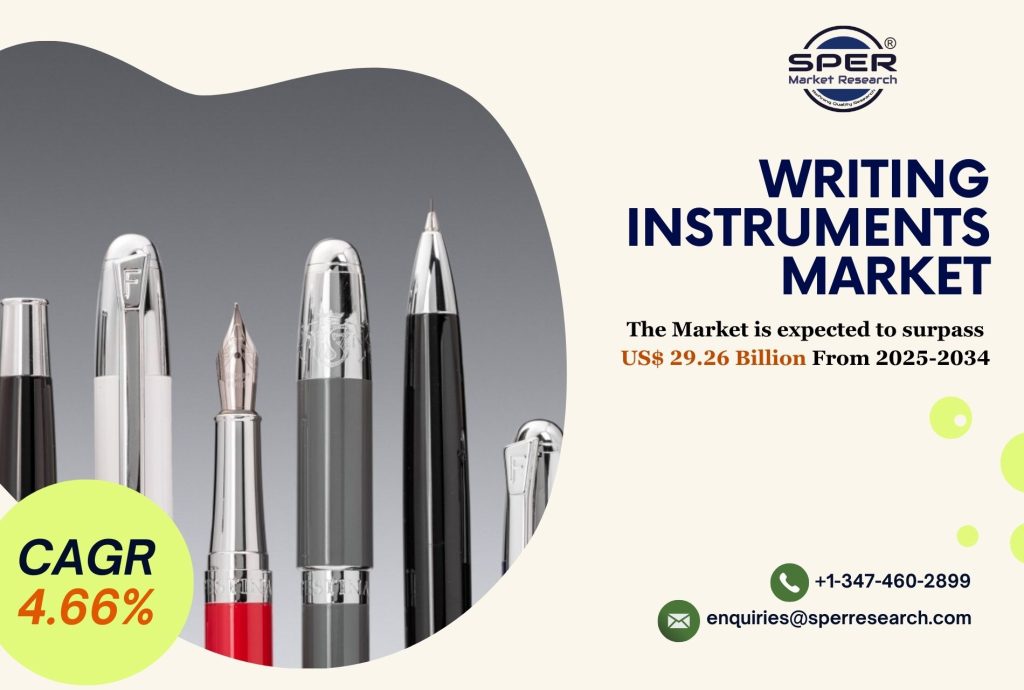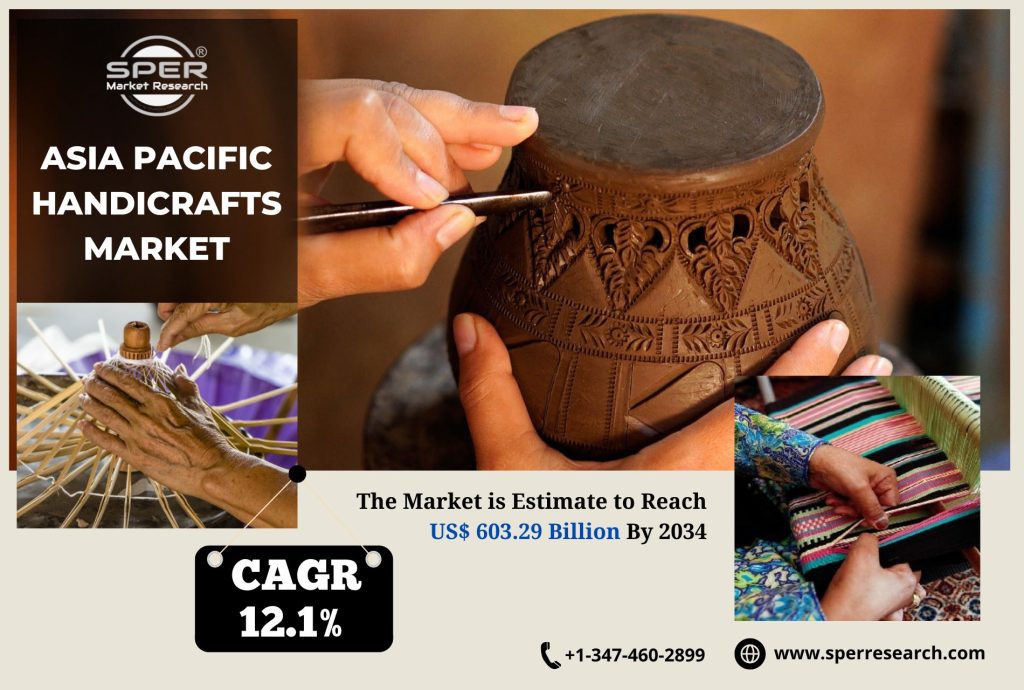The gift card is a prepaid card that is given by companies or retailers that enables the receiver to buy products or services up to a predetermined amount. Gift cards, which can be digital or physical and offer a variety of redemption options, are commonly given as presents for events like holidays or birthdays. They are frequently utilized as a considerate gift option that lets recipients select the things they want. Conversely, an incentive card is a prepaid card that is used as a reward or source of motivation for finishing chores or reaching predetermined targets. Incentive cards are frequently used in marketing efforts, customer loyalty programs, and employee recognition programs to reward desired behavior.
According to SPER Market Research, ‘US Gift Card and Incentive Card Market Size- By Card Type, By Consumer Type, By Distribution Channel – Regional Outlook, Competitive Strategies and Segment Forecast to 2034’ states that the US Gift Card and Incentive Card Market is estimated to reach USD XX million by 2034 with a CAGR of 9.25%.
The expansion of digital gift cards, growing e-commerce, growing demand for crypto currencies in the US, and the growing use of gift cards by millennials are the main factors driving the market growth. Certain industries within the corporate and retail sectors will propel growth and signal a significant change in the way gift cards are used. E-commerce industry is one of the factors driving the country’s gift card market. One of the main factors influencing gift card sales in the US is the holiday season. In the nation, gift cards are most frequently used for giving and receiving gifts around the holidays of Thanksgiving, Christmas, and New Year’s. Further quickens market growth, making it a popular option for incentive and gift-giving schemes.
Fraud, regulatory compliance, and technical improvements constitute a few of the difficulties confronting the U.S. gift card and incentive card sector. Consumer trust is damaged by fraudulent activity like illegal transactions and fake cards. Strict regulatory regulations make managing and issuing cards more difficult and expensive. Staying competitive requires constant innovation and adaptability due to the rapid changes in technology. For businesses to keep customers’ trust, they must also guarantee a smooth and easy-to-use experience. Furthermore, traditional gift card companies are under pressure to expand their product lines and enhance security due to market saturation and competition from digital wallets and other payment options. The possibility of unredeemed or expired balances is another difficulty since it can lead to consumer uncertainty and business income loss.
Request a Free Sample Report: https://www.sperresearch.com/report-store/us-gift-card-and-incentive-card-market.aspx?sample=1
The COVID-19 epidemic had an extensive impact on the market for reward and gift cards in the United States. The demand for real gift cards decreased during lockdowns as companies shuttered and consumer spending decreased. However, the move to internet shopping and remote work caused a boom in the market for digital and e-gift cards. As more conventional forms of rewards became unfeasible, businesses began using incentive cards for customer loyalty programs and employee recognition. Digital incentive solutions gained popularity as e-commerce and contactless payments became more prevalent. On the down side, physical card production and distribution were impacted by supply chain interruptions.
California dominate the gift card and incentive card business in the United States is California. Many of the top Internet companies, particularly those in e-commerce and digital payments, have their headquarters in Silicon Valley, California. Some of the key players are – American Express, Blackhawk Network, Factor4, Givingli, and Nift Network.
For More Information, refer to below link: –
US Gift Card and Incentive Card Market Growth
Related Reports:
Follow Us –
LinkedIn | Instagram | Facebook | Twitter
Contact Us:
Sara Lopes, Business Consultant — USA
SPER Market Research
enquiries@sperresearch.com
+1–347–460–2899









